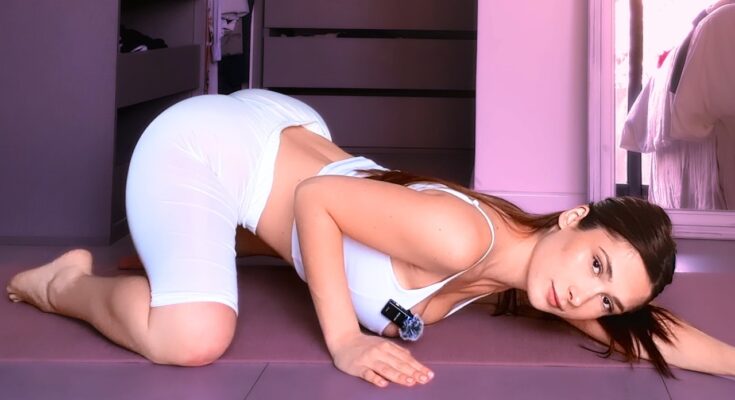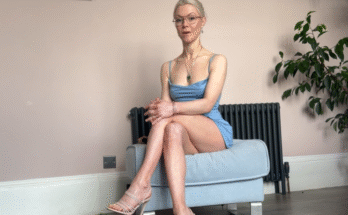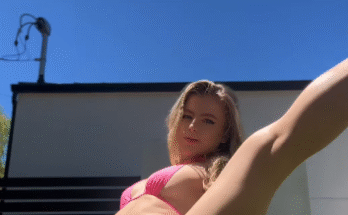In today’s fast-paced world, flexibility is often overlooked until tightness begins to affect our daily lives. The lower body—comprising the hips, hamstrings, glutes, calves, quads, and ankles—is a key area where stiffness accumulates due to long hours of sitting, standing, or inactivity. Lower body flexibility yoga offers an effective, mindful way to release tension, increase range of motion, and improve overall mobility. Whether you’re a beginner or an experienced yogi, incorporating yoga for lower body flexibility into your routine can enhance not only your movement but also your posture and quality of life.
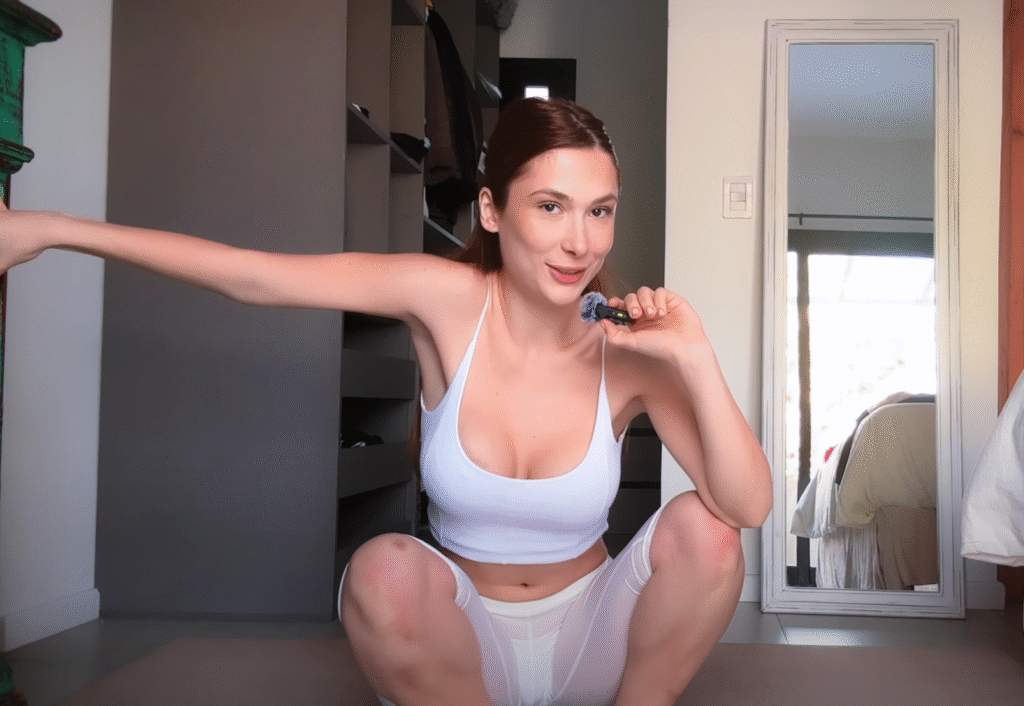
Why Lower Body Flexibility Matters
The muscles of the lower body play a major role in virtually every movement we perform—walking, bending, running, standing, or even sitting. When these muscles become tight, it can lead to poor alignment, imbalances, back pain, and reduced performance in sports or exercise. Flexibility in the lower body helps maintain a healthy spine, reduces the risk of injuries, and supports better posture.

For example, tight hamstrings can pull on the pelvis and contribute to lower back strain. Stiff hips can reduce stride length while walking and place added pressure on the knees. On the other hand, flexible calves and ankles support healthy foot function and balance.
Yoga is a gentle yet powerful method for increasing flexibility. Unlike dynamic stretches or ballistic movements, yoga combines deep breathing, mindful awareness, and sustained poses to gradually lengthen and relax muscles.
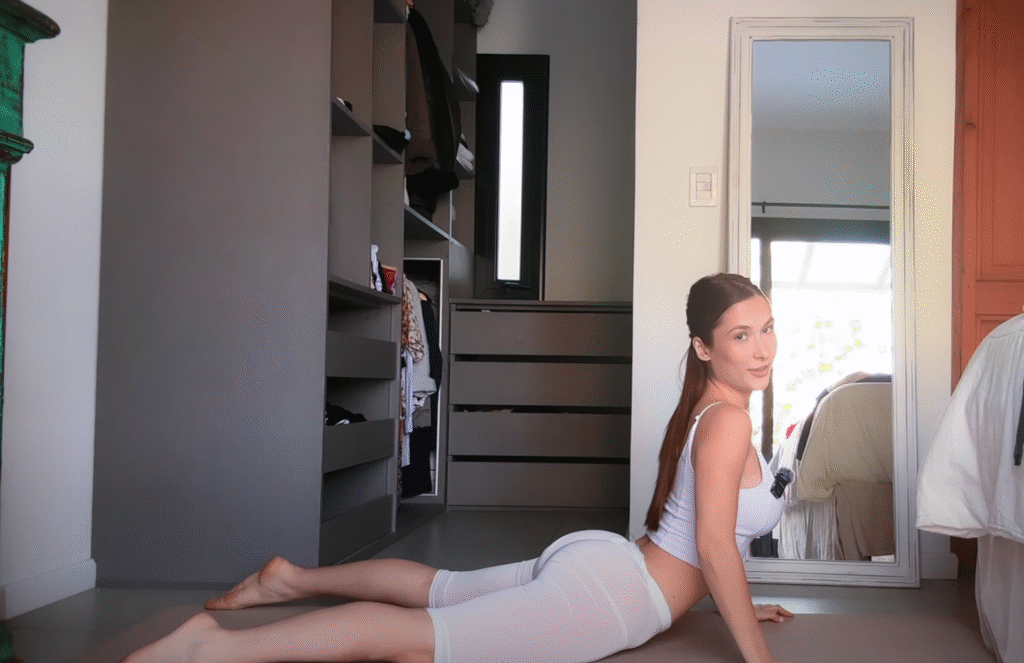
The Principles of Lower Body Flexibility Yoga
Lower body flexibility yoga focuses on a few key principles:
- Consistency Over Intensity: Flexibility doesn’t improve overnight. Gentle, regular practice is more effective and sustainable than intense stretching sessions that may cause injury.
- Breath Awareness: Using the breath to guide and deepen stretches is central to yoga. Slow, controlled breathing helps release tension and facilitates greater ease in the body.
- Alignment and Safety: Proper alignment ensures that muscles stretch efficiently without putting joints at risk. Props like blocks, straps, and bolsters can support correct positioning.
- Mind-Body Connection: Practicing yoga cultivates awareness, allowing you to listen to your body’s cues and honor your limits, reducing the chance of overstretching.
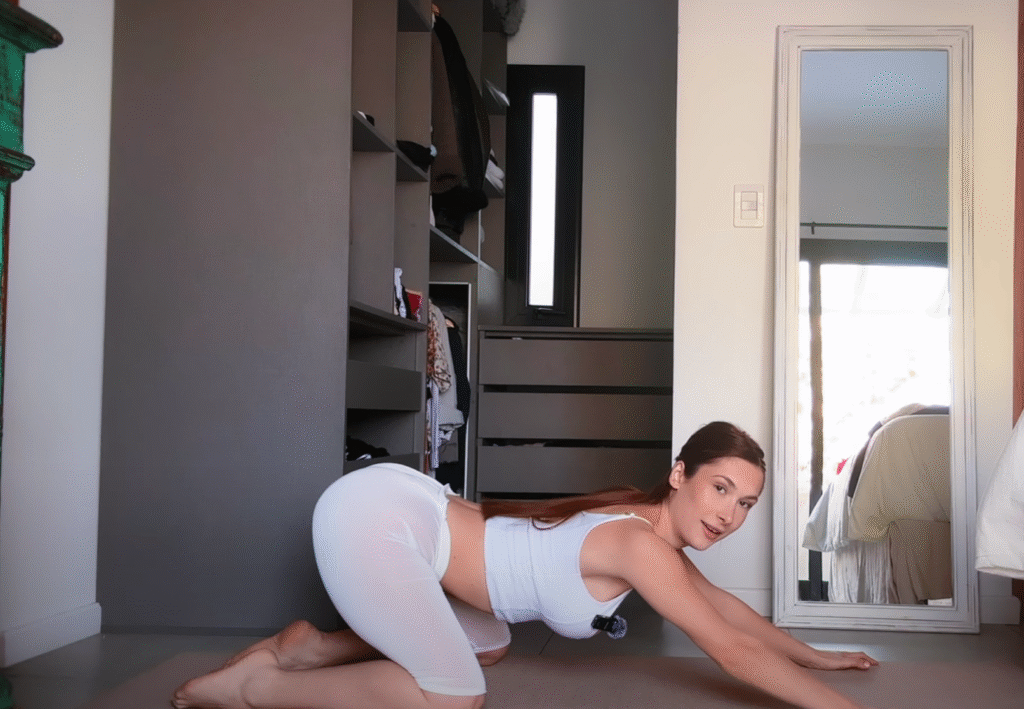
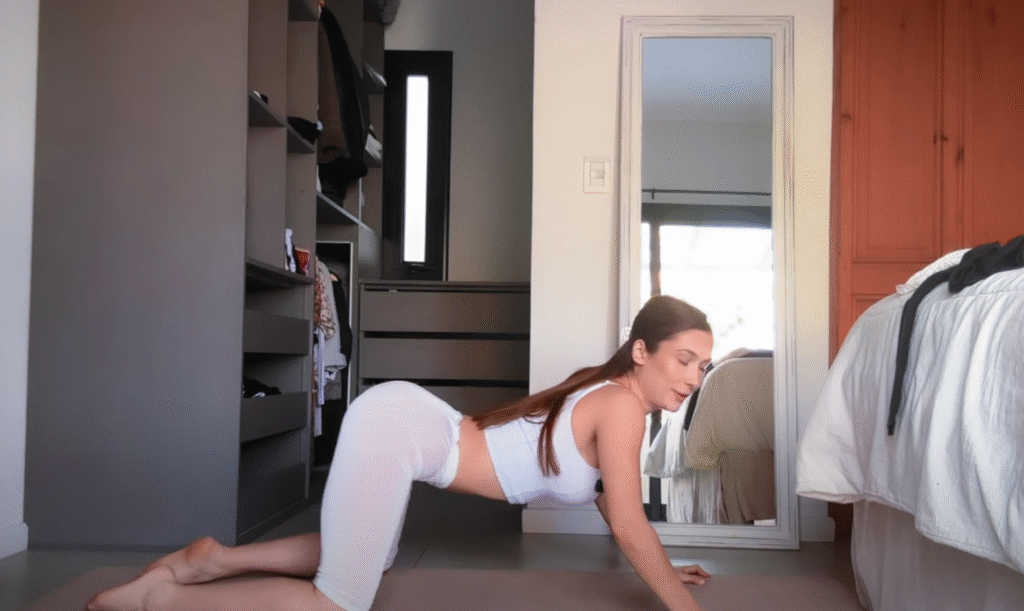
Key Poses for Lower Body Flexibility
Below are several yoga poses that target different parts of the lower body. These can be practiced individually or as part of a flowing sequence.
1. Downward Facing Dog (Adho Mukha Svanasana)
This foundational pose stretches the calves, hamstrings, and Achilles tendons while also strengthening the arms and spine.
- Start in a tabletop position.
- Tuck your toes and lift your hips up and back, forming an inverted V-shape.
- Keep your knees slightly bent if your hamstrings are tight.
- Press your heels toward the mat and hold for 5–10 breaths.
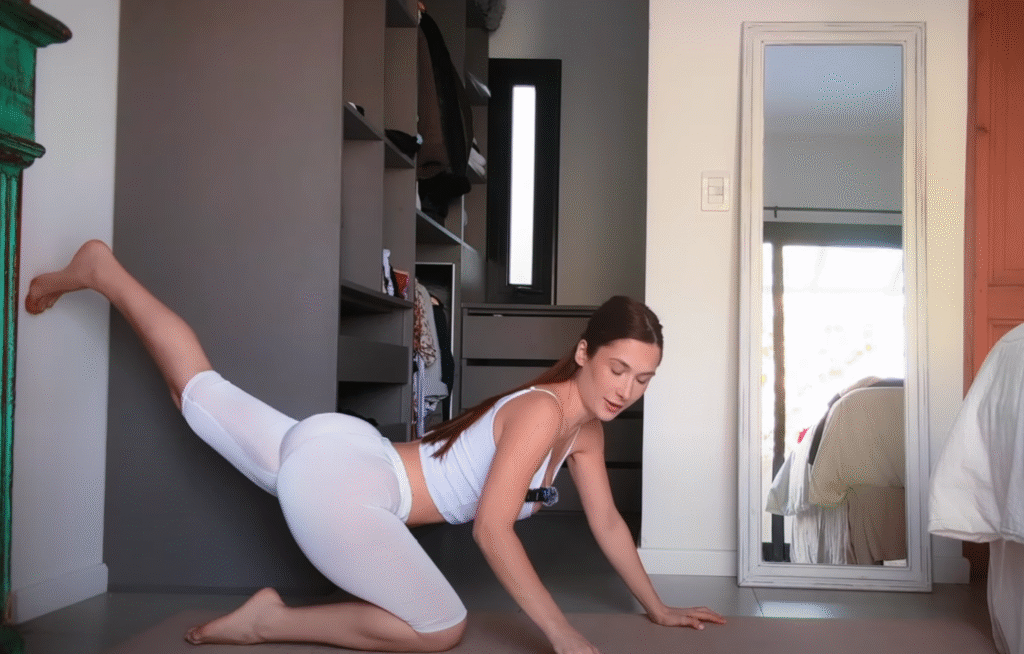
2. Low Lunge (Anjaneyasana)
This pose deeply stretches the hip flexors and quads.
- From Downward Dog, step your right foot forward between your hands.
- Drop the left knee to the mat and lift your chest, raising your arms overhead.
- Tuck your pelvis slightly to feel a deeper stretch in the left hip flexor.
- Hold for 5–8 breaths on each side.

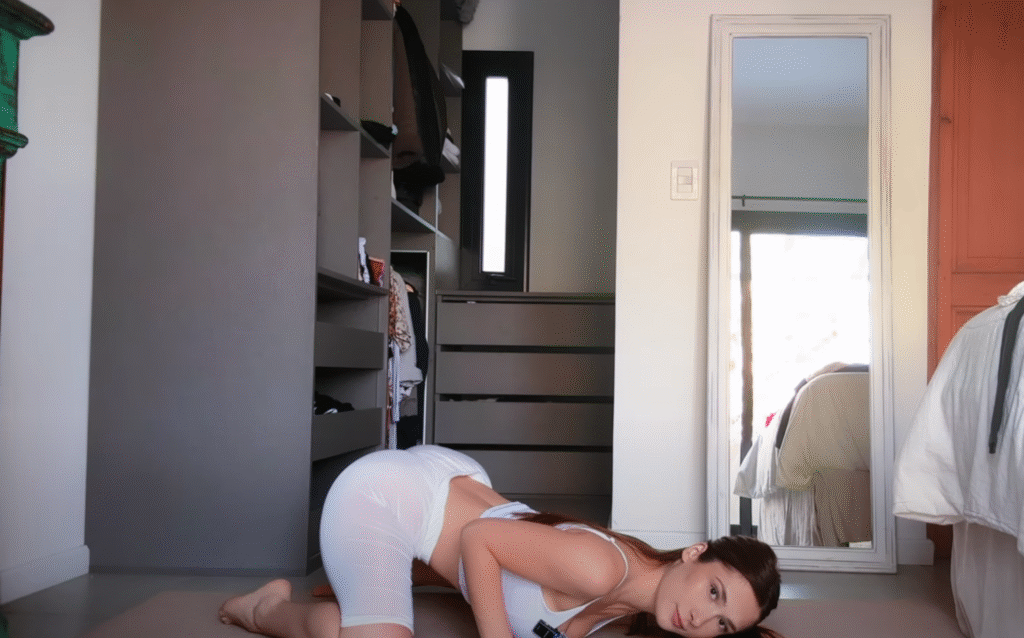
3. Half Split (Ardha Hanumanasana)
Ideal for hamstring flexibility, this pose is excellent for runners and those with tight backs of the legs.
- From Low Lunge, shift your hips back so your front leg is extended.
- Flex the front foot and keep your spine long as you fold forward.
- Support your hands on blocks if needed.
- Stay for 5–8 breaths.
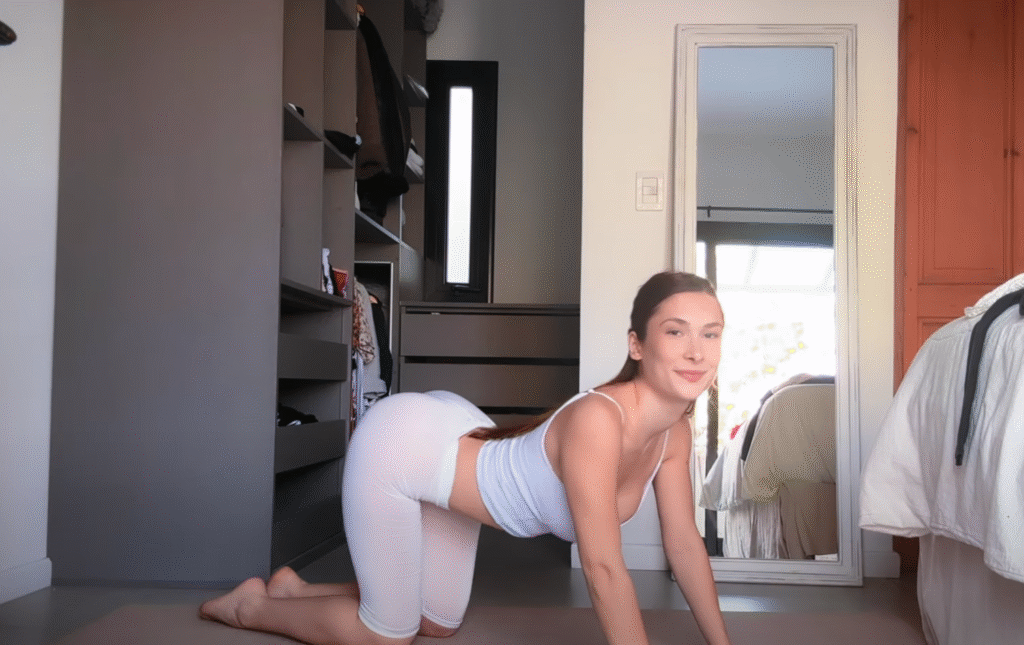

. Seated Forward Fold (Paschimottanasana)
A classic pose for lengthening the hamstrings and calves while calming the nervous system.
- Sit with legs extended straight in front.
- Inhale to lengthen the spine, exhale to fold forward from the hips.
- Reach toward your feet or shins, and avoid rounding the back excessively.
- Stay for 10 breaths.
5. Butterfly Pose (Baddha Konasana)
This pose targets the inner thighs and hips.
- Sit with the soles of the feet together and knees falling open.
- Hold the feet with your hands and gently flap the knees or lean forward for a deeper stretch.
- Use cushions under the knees if needed for support.
- Stay for 1–2 minutes.
6. Wide-Legged Forward Fold (Prasarita Padottanasana)
A great pose for inner thighs, hamstrings, and spine decompression.
- Stand with feet wide apart and toes slightly turned in.
- Inhale, lengthen the spine; exhale, fold forward at the hips.
- Place hands on the floor or a block and relax the neck.
- Hold for 5–8 breaths.
7. Pigeon Pose (Eka Pada Rajakapotasana)
This pose deeply opens the outer hips and glutes.
- From Downward Dog, bring your right knee forward and place it behind the right wrist.
- Extend your left leg back with the top of the foot resting on the mat.
- Fold forward over your front leg, using a block or pillow for support.
- Hold for 1–2 minutes on each side.
Tips for Practicing Lower Body Yoga Safely
- Warm Up First: Engage in light movement like walking, joint rotations, or gentle sun salutations before deep stretching.
- Use Props Liberally: Blocks, straps, and blankets can make poses more accessible and support proper form.
- Don’t Force It: Flexibility takes time. Respect your body’s current range of motion.
- Hydrate: Muscles stretch better when hydrated. Drink water before and after your practice.
- Breathe Deeply: Inhale to prepare, exhale to release deeper into the pose.
The Benefits Beyond Flexibility
Practicing lower body flexibility yoga offers benefits that go beyond muscle elasticity:
- Improved Circulation: Stretching encourages blood flow to the legs and hips, which is essential for healing and detoxification.
- Reduced Stress: The meditative nature of yoga promotes relaxation and lowers cortisol levels.
- Better Posture: A flexible lower body allows for more easeful standing and walking.
- Enhanced Performance: Athletes and fitness enthusiasts often notice improved agility and reduced recovery time.
Creating a Routine
You don’t need to commit hours every day. Even 15–20 minutes of focused yoga three to four times a week can yield significant results over time. Try pairing your lower body flexibility routine with meditation or gentle breathing for a holistic experience.
Sample Weekly Schedule:
- Monday: Hamstring Focus (Forward Folds, Downward Dog)
- Wednesday: Hip Openers (Butterfly, Pigeon)
- Friday: Full Lower Body Flow (All Key Poses)
- Sunday: Restorative Stretch with Props and Longer Holds
Conclusion
Lower body flexibility yoga is a transformative practice that builds strength, improves mobility, and cultivates inner calm. With regular attention to your hips, hamstrings, calves, and quads, you can move more freely, reduce discomfort, and support your long-term physical wellness. Whether you’re seeking relief from tightness or simply aiming for a more balanced body, lower body yoga offers a grounded path to a more supple, energized you.
